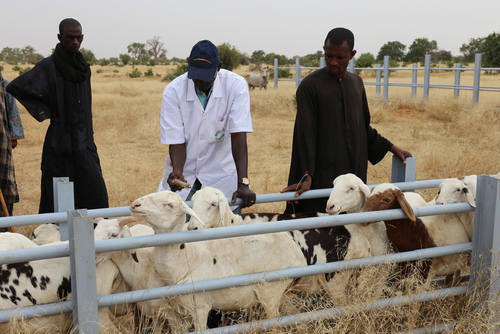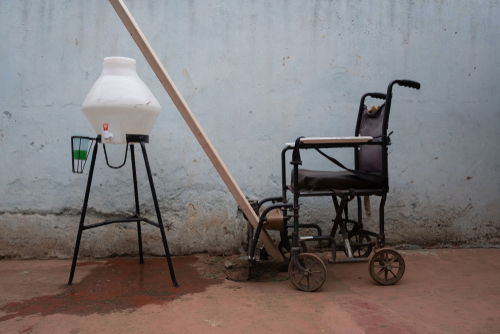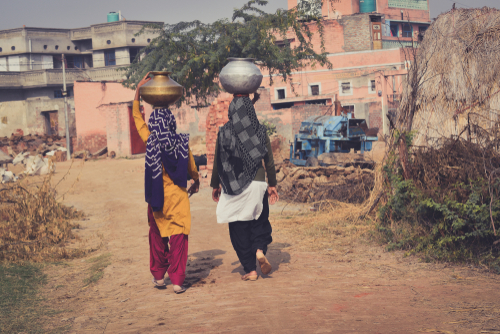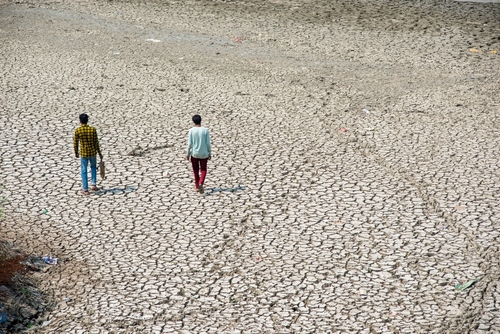July 12, 2013
A roundup of news on drug resistance and other topics in global health.
CBS News reports on the increase of carbapenem-resistant enterobacteriaceae (CRE) across the US. The article also highlights findings from a recent CDC report, co-authored by CDDEP Director Ramanan Laxminarayan, that recommended hospitals to adopt aggressive strategies to control the further emergence of CREs.
A review of studies on the effect of timing of umbilical cord clamping published in The Cochrane Library finds that delayed cord clamping could benefit infants health.
A study published in The New England Journal of Medicine reports that, a decade after the introduction of 7-valent pneumococcal conjugate vaccine (PCV7), hospitalizations for childhood pneumonia continue to decline.
NPR s All Things Considered covers the risks involved in feeding antibiotics to livestock. [NPR]
All Things Considered also publishes a story on an innovative program, named Sputnik, to control multidrug-resistant TB in Russia: in this program, teams of nurses travel in mobile clinics in the Russian city of Tomsk to find and treat patients, who would otherwise not adhere to treatments. [NPR]
Summarizing the differences between tuberculosis and its drug-resistant forms, another article in NPR answers some common questions about the disease. [NPR]
According to a new report by M decins sans Fronti res (MSF), after the rebel forces seized power, most aid agencies have withdrawn to the capital in the Central African Republic, leaving most of the people with no access to healthcare and the country in the grip of a humanitarian emergency. The MSF has also published a photo gallery showing the country s health challenges, which include a rapid rise in malaria, malnutrition and other preventable diseases. [The Guardian]
The first European and Latin American cases of vancomycin-resistant Staphylococcus aureus (VRSA) infections, which until now numbered eleven and were limited to the US, India and Iran, were reported last month.
Amidst rising dengue and malaria cases in India, researchers have developed a software to quickly identify these two diseases and distinguish them from viral fevers. A paper describing this research is published in the International Journal of Laboratory Haematology. [Times of India]
This animation titled Malaria Drug Resistance and Genomics shows how malaria spreads, why controlling it is difficult, and how genome sequencing technologies have been helpful in identifying, tracking and controlling drug-resistant malaria parasites. [Centre for Genomics and Global Health]
The US federal government will provide $150 million to 1,159 community health centers across US states and territories to help people enroll in health coverage through Obamacare, according to a recent announcement. [Huffington Post]
Using data from hospitals in Geneva, Switzerland over a 9-year period, a new study published in the journal PLoS Medicine finds that pharmaceutical companies have maintained their market share and contributed to increased healthcare costs through evergreening strategies. [PLoS Medicine]
A meta-analysis of factors correlated with delays in TB diagnosis and treatment in China finds that individual factors such as poverty, rural residence, lack of health insurance, lower educational attainment, stigma and poor knowledge of TB, and health facility factors that include limited availability of resources to perform prompt diagnosis, lack of qualified health workers and geographical barriers were the main reasons for the delays. [Infection Control Today]
In their latest Morbidity and Mortality Weekly Report, the CDC released US statistics for 2011 on notifiable infectious diseases – diseases for which timely information about individual cases is considered necessary for [their] prevention and control. [CDC; PDF]
Research published in the journal PLoS Pathogens reveals that it is actually ethnic differences in the patient s genetic make-up that cause most of this variation in immune responses [to TB] with little effect on the TB strain they are infected with. [Asian Scientist]
Image via James Hill/Flickr











